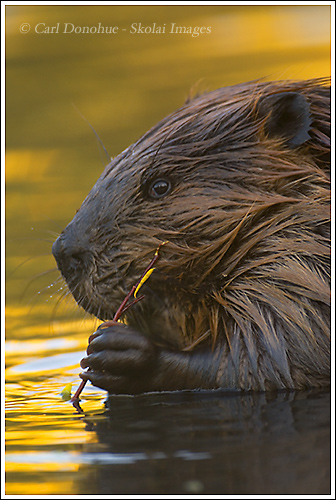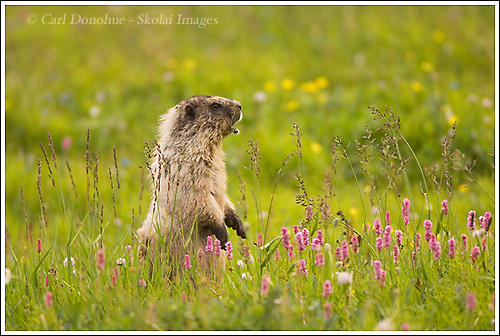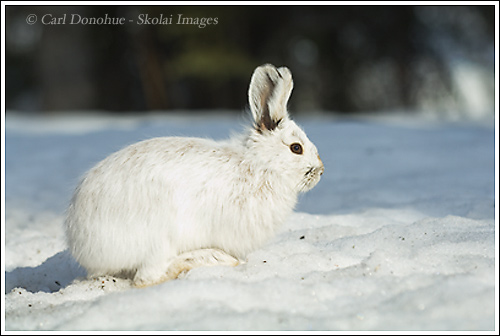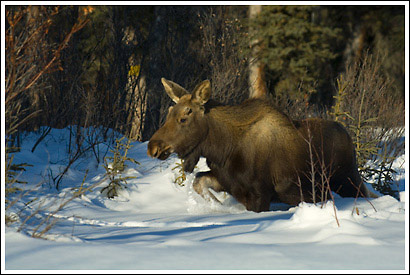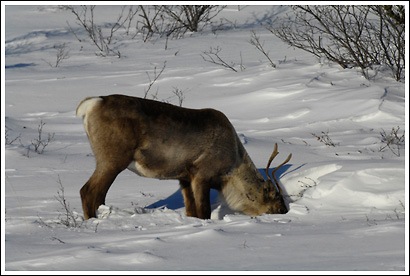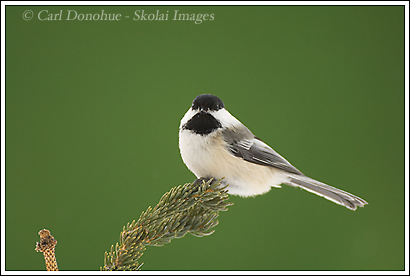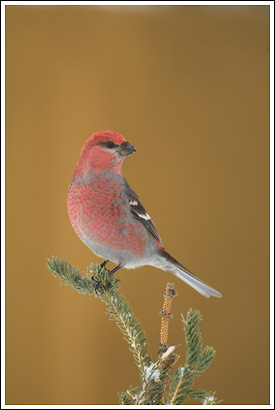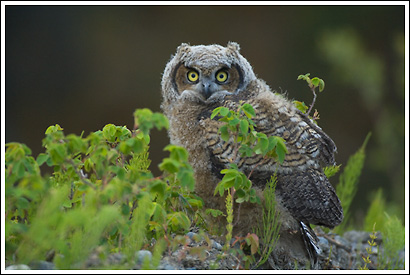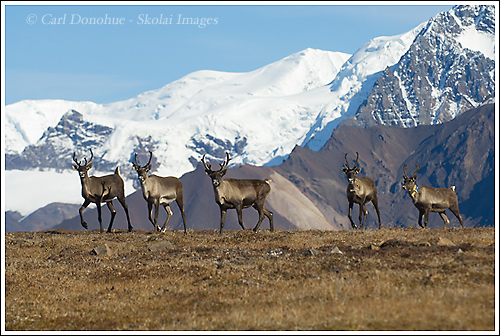
Hey Folks,
Here’s another image from my recent trip to Skolai Pass. This, along with the previous image posted of Mt. Bona and Mt Churchill, was taken on the first day of our arrival in the pass. Pretty nice day, eh?
These caribou are part of the Chisana Herd (pronounced ‘Chushana’) and are, according to legend, the only Woodland Caribou herd in Alaska, and maybe ought be listed on the Endangered Species Act, possibly the strongest environmental legislation in the US. Woodland Caribou are found mostly in Canada (possibly a very small population in Idaho and Washington – often referred to as a separate subspecies, Mountain Caribou), with the great herds of Alaskan caribou, such as the Porcupine Herd, or Central Arctic Herd of the north slope, like the caribou more seen in Denali National Park, being Barren Ground Caribou. Continue reading
